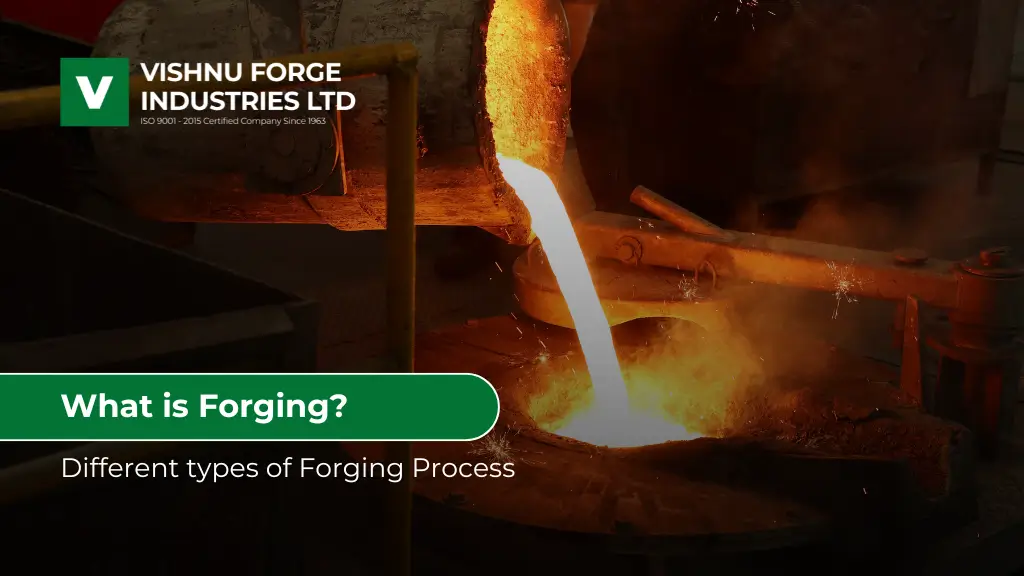Introduction
It is a crucial metalworking process used in numerous industries to create high-strength, durable parts. It involves reshaping metal under compressive forces, enhancing the material’s mechanical properties. With its origins in ancient blacksmithing, forging has evolved into a sophisticated industrial process. This article explores the different types of forging valve processes, their applications, and advantages, helping you understand which methods are best suited for modern manufacturing.
Definition and Overview
In Metalworking
Forging valve process involves the application of compressive force to shape metal into specific forms. The process improves the metal’s grain flow and structural integrity, resulting in high-strength parts that are resistant to fatigue and stress.
Historical Evolution of Forging Techniques
It dates back to ancient civilizations, where blacksmiths used heat and hammers to shape tools and weapons. Today, the processes have advanced significantly, utilizing precision forging techniques and modern machinery.
How the Process Works
Overview of Forging Techniques and Tools
Forging valve methods involve heating metal, applying pressure, and shaping it using presses or hammers. This controlled deformation aligns the metal’s grain structure, improving its durability and strength.
Metal Deformation and Grain Flow Alignment
The process reshapes the metal at the molecular level, resulting in enhanced mechanical properties. Grain flow alignment ensures increased tensile strength and resistance to wear.
Importance in Manufacturing
Strengthening Metal Components
Forged parts exhibit improved mechanical properties, such as greater strength and impact resistance, making them indispensable for high-stress applications like automotive components and aerospace parts.
Ensuring Durability and Precision
It offers excellent dimensional accuracy and surface finish, reducing the need for post-processing. This ensures efficient production and higher-quality components.
Hot Forging Process
Characteristics: Hot forging valve involves heating the metal above its recrystallization temperature, making it malleable and easy to shape. This process is ideal for producing large and complex parts.
Applications in Industry: It is widely used in the automotive industry to create crankshafts, gears, and engine parts. The aerospace sector also relies on it for manufacturing turbine disks and landing gear.
Cold Forging Process
Characteristic: Cold forging takes place at room temperature, which enhances the part’s strength through work hardening. This method offers superior dimensional precision and surface quality.
Advantages and Common Applications: It is cost-effective and ideal for manufacturing fasteners, bearings, and gears. It ensures precision, making it suitable for high-volume automotive production.
Warm Forging Process
Overview and Its Benefits: A warm forging valve is conducted at temperatures between hot and cold. This technique strikes a balance, offering good malleability without compromising dimensional accuracy.
Situations Where it is Ideal: Warm forging is preferred for components that require both strength and precision, such as automotive transmission gears and suspension parts.
Open-Die vs. Closed-Die Forging
Differences Between the Two Processes
Open-die shapes metal without fully enclosing it, allowing for the creation of large, customized components. Closed-die, on the other hand, uses precision dies to form complex shapes.
Industrial Use Cases for Open and Closed Dies
Open-die is commonly used for large industrial machinery parts, while closed-die is ideal for precision components in the automotive and aerospace sectors.
Advantages and Disadvantages
Comparative Benefits of Hot, Cold, and Warm
It allows for intricate shapes, while cold forging ensures superior surface finish and strength. Warm offers a compromise between malleability and precision.
Potential Challenges and Limitations
It requires significant energy and material input. The need for skilled labor and specialized equipment can also pose challenges for manufacturers.
Applications Across Various Industries
Automotive, Aerospace, and Oil & Gas Sectors
It plays a crucial role in producing components like crankshafts, landing gear, and valves for industries that demand strength and reliability.
Consumer Goods and Construction Equipment
Forged tools, such as wrenches and hammers, are widely used in construction. The consumer goods sector also relies on it to manufacture durable kitchenware and hardware.
Conclusion
Forging valves remain a vital manufacturing process across multiple industries due to its ability to create strong, durable, and precise components. With various techniques-such as hot, cold, and warm–manufacturers can tailor their approach based on specific requirements. As industries continue to innovate, it will play an even more critical role in shaping the future of manufacturing.



